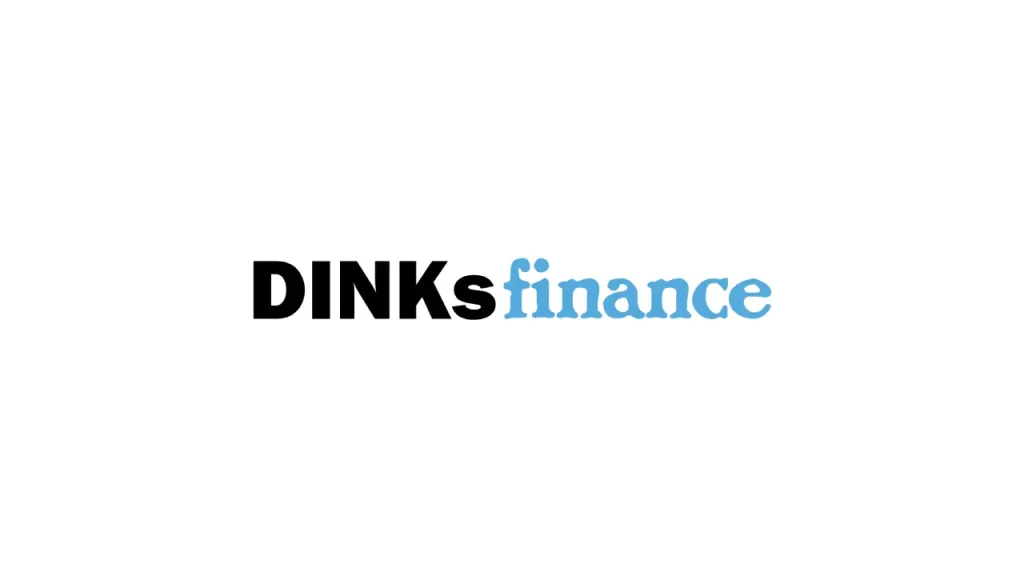
In our fast-paced world, incorporating recycling into our daily lives has become more crucial than ever. By recycling at home, you can effectively manage waste while enhancing your financial efficiency. The practice not only fosters environmental consciousness but also acts as a stepping stone towards smarter budgeting.
Why Should I Recycle at Home?
Reducing waste through home recycling contributes significantly to environmental conservation. It helps decrease the amount of trash that ends up in landfills, which consequently reduces greenhouse gas emissions that exacerbate climate change. In addition to environmental benefits, recycling at home plays an integral role in the realm of personal finance by reducing disposal costs.
When you recycle, you contribute to the creation of a circular economy, thereby prolonging the lifecycle of products. This practice reduces the demand for new raw materials, leading to energy savings and a reduction in production costs. Thus, by engaging in home recycling, you indirectly support the broader economic and environmental frameworks.
Finally, home recycling cultivates a culture of responsibility and sustainability within households. Teaching children the importance of recycling can positively shape their understanding of waste management and resource conservation. Over time, these small habitual changes accumulate, leading to significant environmental and financial benefits.
What Items Can I Recycle?
Understanding what items can be recycled is key to maximizing the benefits of home recycling. Common recyclable materials include paper, cardboard, glass, metals, and certain plastics. Interestingly, nearly 47% of paper and paperboard is recycled, meaning about 304 million Amazon boxes end up in landfills each year, highlighting room for improvement.
According to the EPA, recycling keeps valuable materials in circulation, which otherwise would be lost in landfills. This practice not only conserves resources but also reduces pollution from the manufacturing of new products. Furthermore, by recycling common household items, consumers can cut down their waste significantly, thus realizing savings on waste management costs.
Familiarizing yourself with local recycling guidelines is essential, as these dictate the types of materials that can be processed in your area. Some areas have facilities that can handle a wider range of recyclable materials, while others may be limited. Properly sorting your recyclables ensures they are effectively reclaimed and reused, leading to financial and environmental savings.
How Can I Start a Home Recycling Program?
Starting a home recycling program is a straightforward process that can lead to substantial benefits. Begin by identifying which materials your local recycling facility accepts and place designated bins for these items in accessible areas of your home. Over the past 60 years, the United States alone has seen a 4.5x improvement in its recycling rate, which illustrates the feasibility and importance of these initiatives.
Creating a schedule for regular recycling drop-offs can help maintain consistency and prevent stockpiling. Keeping a checklist of recyclable versus non-recyclable items can also aid in minimizing contamination in your bins. In doing so, you ensure that your efforts contribute meaningfully to waste reduction and economic efficiency.
By making recycling a shared goal in your household, it becomes easier to maintain habits and educate one another about the importance of sustainability. Over time, this collaborative effort fosters a culture of conservation and responsible finance management.
What Are Common Recycling Mistakes?
Common recycling mistakes can hinder the effectiveness of home recycling efforts. Mixing non-recyclables with recyclables is one of the most prevalent issues, which can spoil whole batches of recyclables, rendering them useless. Understanding the specifics of your local recycling guidelines helps mitigate this problem and improve the overall efficiency of your recycling program.
Another common error is not cleaning recyclables, which can contaminate other materials and lead to increased waste. Taking the time to rinse out containers before recycling ensures that the process remains efficient and effective. This simple step supports resource conservation and enhances personal finance by reducing the need for additional waste management.
Lastly, recycling unusual items without checking local ordinances can cause additional obstacles. Items such as certain electronics or hazardous household materials often require special handling. Knowing this can prevent inadvertent contamination and ensure the smooth operation of your recycling efforts.
How Does Recycling at Home Save Money?
Recycling at home can lead to significant financial savings over time. By reducing the volume of waste your household generates, you can potentially lower your waste disposal fees. In addition, recycling programs often contribute to the creation of new jobs in the waste management sector, indirectly boosting the local economy and ensuring long-term financial health.
Producing new products from recycled materials typically uses less energy compared to using raw materials. For instance, recycling a car battery saves up to 90% of the energy and greenhouse gas emissions compared to producing a new one. These energy savings are not only environmentally beneficial but also translate into reduced product costs, saving you money on everyday items.
Home recycling programs can include composting, which reduces waste and provides a free source of nutrient-rich soil for personal gardening. This not only reduces the cost of purchasing soil but also contributes to a self-sustaining home ecosystem. By turning waste into a resource, couples can optimize their household finances, promoting savings that tangibly benefit daily life.
Recycling at home is a simple yet powerful tool to enhance both environmental and financial well-being. By understanding its importance and implementing effective recycling strategies, individuals can contribute to significant reductions in waste and elevate their budget efficiency. Through conscientious practices, recycling reshapes the household dynamic, promoting a sustainable future for coming generations while optimizing personal finance.









